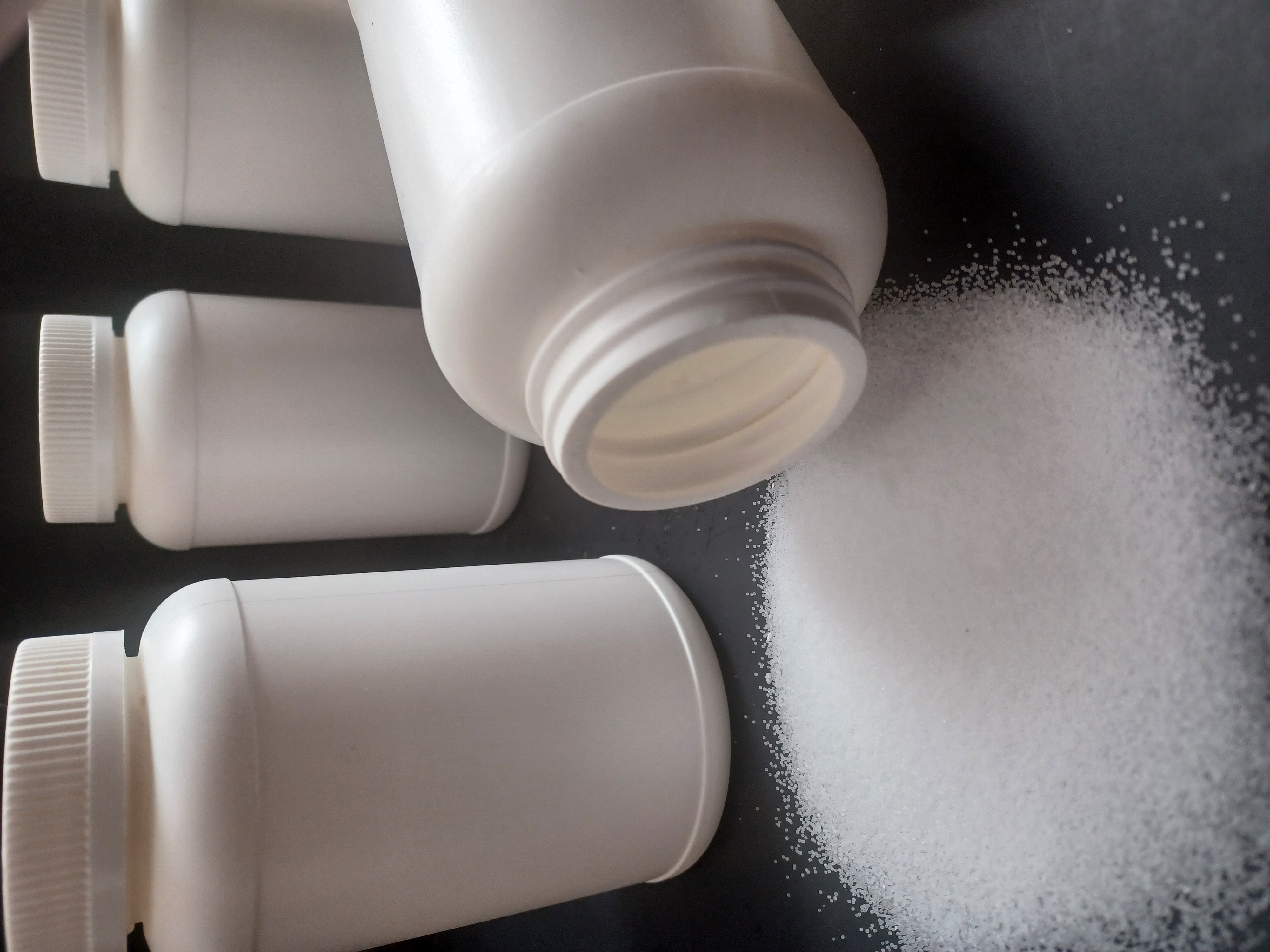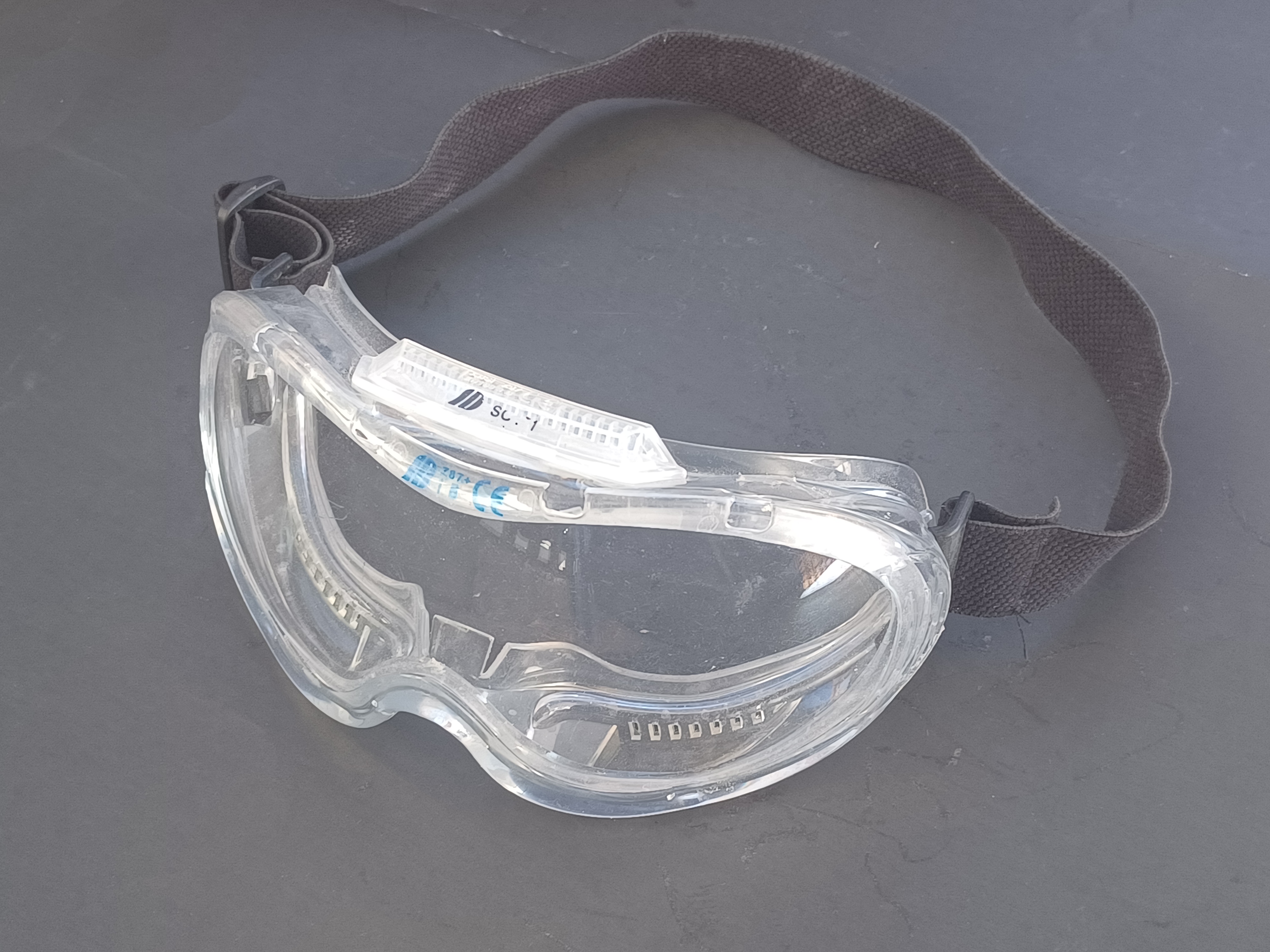Are you required to use lye for soap making?

The answer is yes! There is no way around this. You must use lye for soap making. If there is no lye, then you cannot make cold process soap. Get familiar with lye, because lye is your powerful friend in soap making. If someone tells you "there's a way to make soap without lye" it's partly true and partly false. Let me explain.
If you purchase a soap-base for melt and pour soap making, you will not have to use lye. Why is that? It's because the soap-base has already been saponified with lye! They have done the difficult work for you! All you have to do is melt the soap-base by heating. Then you simply add essential oils, extra fats, colorants, materials or whatever you like. Pour the new soap into your soap molds, then wait for the soap to cool off and harden up. You will not have to handle lye in this case.
However with cold process soap making you will use lye to saponify your oils/fats/butters. In this case, You want to handle lye in a safe manner.
What does lye do?
Lye is a catalyst that transforms your oil/fat/butter into a soap. Lye is the agent that will hasten a chemical reaction known as saponification. According to Websters New World Dictionary to saponify is "to convert (a fat) into a soap by reaction with an alkali". The 'fat' being your oils/fats/butters and the 'alkali' referring to your lye.
Lye, otherwise known as sodium hydroxide, soda or caustic soda is used to make solid soap bars. The chemical formula for sodium hydroxide is NaOH where the Na is the sodium and the OH is the hydroxide.
Where is lye on the pH scale?
The pH scale has a range from 0 to 14 with 7 being neutral. Battery Acid has a pH of 0. Pure water is neutral at 7 and Caustic Soda or lye has a pH of 14. pH stands for the potential of hydrogen. Each whole number to the left of 7 is 10 times more Acidic. Each whole number to the right of 7 is 10 times more Alkaline (Basic). Click here to view the pH scale chart posted by the EPA.
The dangers of using lye for soap making.
First, understand the dangers of working with lye. Sodium hydroxide is a very caustic chemical. Caustic means that if it comes in contact with your skin, it will burn, eat away or destroy tissue by chemical action. Sodium Hydroxide is toxic, deadly and poisonous to the human body.
If you touch the white pellets of sodium hydroxide in dry form, it will burn. The burning sensation you feel is the (catalyst) lye starting to saponify the oils on your skin!
If your skin comes into direct contact with a caustic liquid lye/water solution it will burn in two ways. Not only will it burn, eat away or destroy skin tissue through chemical action, but the heat of the lye/water reaction can burn as temperatures will rise to a scalding 140 degrees Fahrenheit!
Protective gear for safe handling of lye.

Now you should know and understand the danger of lye. The next step is to learn what safety gear to wear and what safety precautions to take. These are best practices for the safe handling of lye (sodium hydroxide). Here are four important things to think about when working with lye.
1. Protect your eyes. Wear eye protection! You are working with chemicals so you want to wear laboratory safe goggles or industrial safety goggles.
2. Protect your face, skin and body. A plastic face shield can be worn along with your laboratory safety goggles. The face shield has an adjustable head clamp to fit on your head and the plastic shield can be adjusted up or down.

To protect your hands it's best to wear vinyl, rubber or nitrile gloves. The nitrile gloves come in black (with a 9 mil thickness) and blue (with a 7 mil thickness). The vinyl gloves pictured here are clear colored and have a 5 mil thickness.
Use a commercial grade bib apron made of plastic, rubber or neoprene to protect your body. In addition to this, wear long sleeves and long pants. Wear work boots or work shoes, Do Not wear sandals or slippers. Protect yourself by covering as much exposed skin as possible to minimize risk.
3. Protect your lungs. An easy way to do this. Turn on your kitchen hood vent fan. Do this before pouring the lye into your water. You will avoid inhaling the asphyxiating fumes. The fumes will be re-routed up the chimney and away from you and your work space. Breath easy now.
4. Neutralize lye on contact. Before using your lye for soap making have this one item ready. Get a small spray bottle. Fill it with white vinegar. Keep it nearby. In the event that your skin is splashed with lye, spray the white vinegar on your skin. The white vinegar which is acidic will neutralize the lye which is a strong alkaline base.
Follow these safety precautions and you will have the confidence to work with lye in a safe and effective manner.